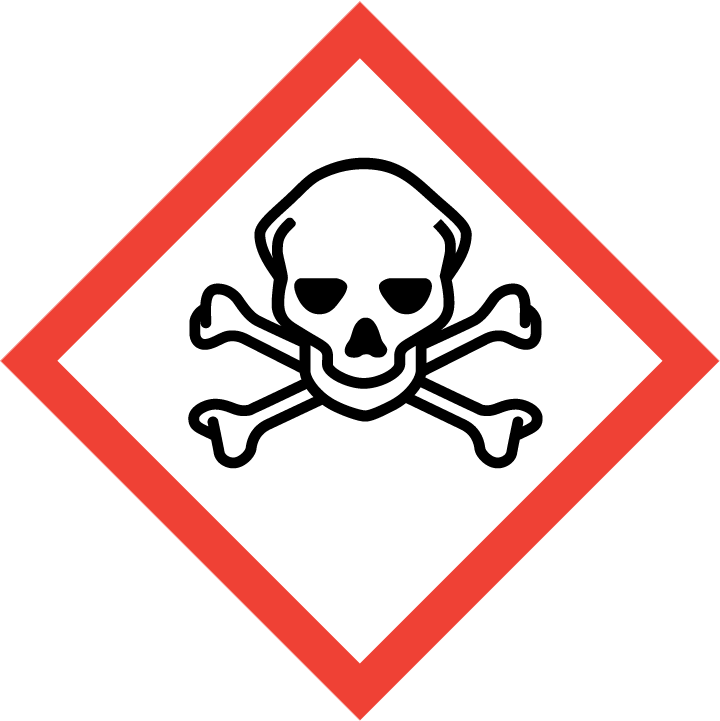| Chemical Name: | 4-Quinolinamine, 7-(trifluoromethyl)- |
| CAS Number: | 243666-11-7 |
| Product Number: | AG006W29(AGN-PC-0KK7H2) |
| Synonyms: | |
| MDL No: | |
| Molecular Formula: | C10H7F3N2 |
| Molecular Weight: | 212.1712 |

4-Amino-7-(trifluoromethyl)quinoline is a versatile compound widely used in chemical synthesis. Its unique structure and properties make it a valuable building block for creating a variety of functional molecules. In organic synthesis, this compound serves as a key intermediate in the production of pharmaceuticals, agrochemicals, and other specialty chemicals. Its trifluoromethyl group enhances the compound's stability and electron density, making it an attractive candidate for reactions requiring strong electron-withdrawing capabilities. Additionally, the amino group provides a site for further functionalization, allowing for the incorporation of diverse chemical functionalities. Furthermore, 4-Amino-7-(trifluoromethyl)quinoline is known for its ability to participate in a range of transformations, such as nucleophilic substitutions, cross-coupling reactions, and heterocyclic synthesis. Its presence in the molecular structure can significantly impact the physicochemical properties of the final products, influencing factors like solubility, bioavailability, and reactivity. This compound's versatility and reactivity make it a valuable tool for chemists seeking to access novel compounds and explore new synthetic pathways.